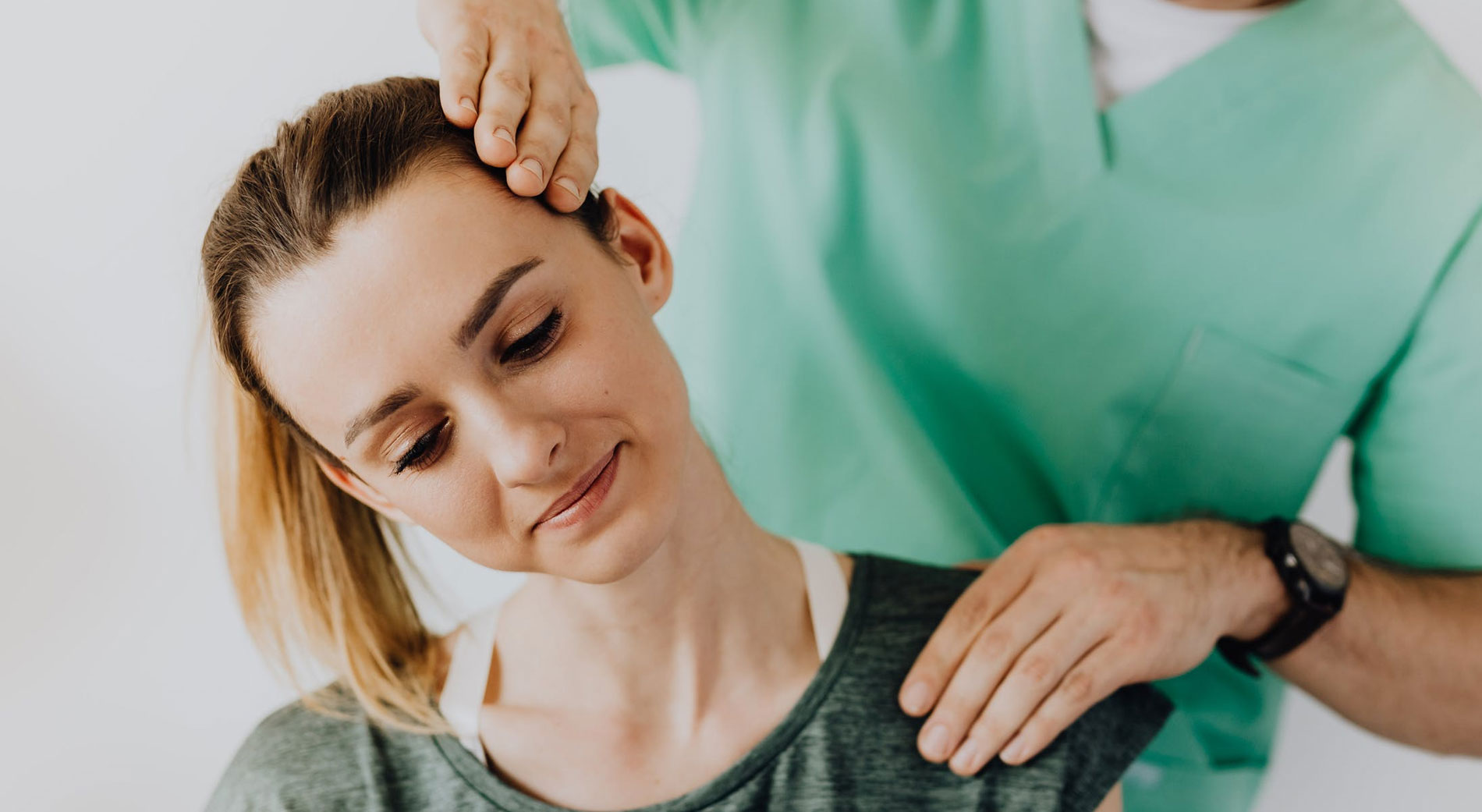Sports Medicine: Common Shoulder Injuries
What is the most mobile joint in the body? Believe it or not, it’s the shoulder. But did you also know that that being mobile also makes it the most vulnerable to injury? This is also true.
Think about shoulder movements in sports. Golf and baseball for swinging, basketball and hockey for shooting, football and baseball for throwing. These are just a few of the ways athletes utilize shoulder movements in their respective sports, which makes shoulder injuries very common when it comes to sports medicine. This post will outline the most common shoulder injuries athletes experience around these common motions.
Throwing Shoulder Injuries
As mentioned before, the act of throwing—utilized in sports like baseball, football, and many other activities—can make athletes vulnerable to injury. (There’s a reason why you need to rest your pitchers in baseball, with the possibility of “throwing out your arm.”) Through repeated motion and movement, athletes put pressure on the stability of their shoulders.
Some of the most common injuries are:
Rotator cuff tears:
- Pain when raising or lowering arm
- Pain when resting or lying on the shoulder
- Weakness, where activities like combing your hair are strenuous
- A feeling of cracking or grinding when moving
SLAP tears:
- Difficulty lifting objects
- Pain in movement of the shoulders
- Limited range of motion
- Locking, popping, catching, grinding sensations
Bicep Tendonitis:
- Shoulder weakness and tenderness
Bicep Tendon Tears:
- Stems from Bicep Tendonitis, when there’s no treatment
- Athlete will experience sharp pain in upper arm, which may include a popping or snapping sound
Internal Impingement:
- Also known as “Thrower’s Shoulder” and typically affects younger athletes
- When athlete cocks their shoulder back to throw, rotator cuff tendons pinch
Instability:
- When athletes are unable to keep their shoulder centered in its socket, resulting in numbness and unable to throw as fast
Swinging Shoulder Injuries
While golf often gets a reputation for not including as much physical activity, the act of a golfer swinging actually uses every part of their shoulders and arms. Athletes can injure themselves in the same injuries they would with throwing (see rotator cuff tears, instability, impingement, etc.), but they can also add stress on shoulders in these ways.
Labral Tears:
- Damages the cartilage that is softer and more flexible than bone, making it vulnerable
- Occurs in the back of the shoulder, usually happening on the backswing
Overworked Scapula:
- Pain and discomfort around the back of the shoulder, due to overworked, repetitive motion

Shooting Shoulder Injuries
Once again, many of the injuries to the shoulder overlap when it comes to activities. For example, the act of throwing and swinging can cause the same injuries as the act of shooting (think: hockey or basketball), with rotator cuff tears and instability likely to happen and the athlete experiencing similar symptoms. However, shooting something like a basketball can also result in the following shoulder injury.
Bursitis:
- The bursa is a small, fluid-filled sac located between the bones and tendons that can become inflamed due to repeated motion
Shoulder Treatment
Clearly, there is a huge spectrum when it comes to shoulder injuries and ailments, from rotator cuff tendonitis and tears to impingement. There are many ways to add stress to your shoulder, usually involving repeated motion and sometimes even improper technique. You may not even be playing a sport when you experience a shoulder injury, as construction workers and movers are known to injure their shoulders due to the physical nature of their job.
And just as there are many ways to injure your shoulder, there are also many treatments in the area of sports medicine and physical therapy. For cases like Rotator Cuff Tendonitis, surgery is usually an option, even for mild cases. Surgery to rotator cuffs is usually paired with physical therapy, medication, rest, and cortisone shots. For other ailments, like bursitis, icing and heating may be used to reduce the swelling, in addition to immobilizing the area that’s in pain.
Whatever the shoulder injury is, what’s important is that you identify and acknowledge your pain and see a physical therapist or sports medicine specialist about it and take a plan of action in order to get on the road to recovery.
Contact Us
Now that you know what shoulder assessments in physical therapy are like, contact Love Health with any questions or concerns about our one-on-one physical therapy sessions. Whether it’s sports medicine or functional medicine, Love Health has expert physicians and a top-flight staff to support you with whatever medical services you need, providing customized therapy to get you back on your feet or maybe even off your feet. We have locations in North Tampa, St. Petersburg, South Sarasota, North Sarasota, and Brandon. And if you’re in Pennsylvania, we also have a clinic in Philadelphia.
To schedule an appointment, contact us at 1-800-511-8050 or get in touch via our contact page.

